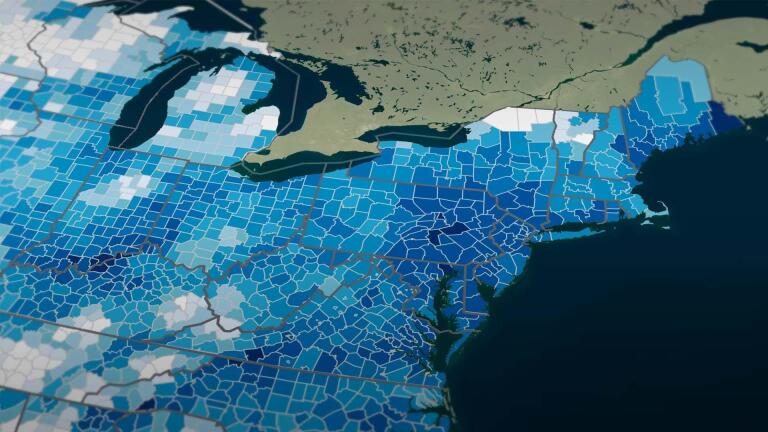Back to Show
Weathered
The Cascadia Earthquake: America’s Worst Disaster?
Season 1
Episode 7
The Cascadia Subduction Zone is a sleeping monster lurking just off the Northwest coast of the United States. It extends 600 miles between Northern California and Vancouver B.C. and experiences a massive megathrust earthquake every 250 years on average. The last one happened 321 years ago and scientists say there is a 30% chance we’ll see another in the next 50 years.
Support Provided By
Season

9:59
Can scientists crack the mystery of the Pacific Cold Tongue?

55:12
Maiya May investigates what caused the 2025 LA Wildfires and how we can prevent future disasters.

13:15
As climate change worsens, will people stop flocking to the South?

12:45
It turns out that the mysterious cold blob may actually be a bigger deal than we realize…

12:11
Can scientists and engineers slow the loss of sea ice before it's too late?

26:08
Maiya explores slowing ocean currents, electrification, and nature’s role in reaching net-zero.

26:16
Maiya explores climate tipping points and what our weather will look like as our climate changes.

26:18
Maiya explores the growing extremes of droughts and floods and their impact on our food and water.

26:16
Explore the deadliest type of weather, heat, and learn how cities are turning the temperature down.

26:20
When is it time to leave your home? Maiya May explores climate adaptation on our changing planet.

26:17
Join Maiya May as she explores which climate systems are at their tipping point.

13:01
Flooding is getting worse, and not just from hurricanes or rising tides, but from heavy rainfall.











